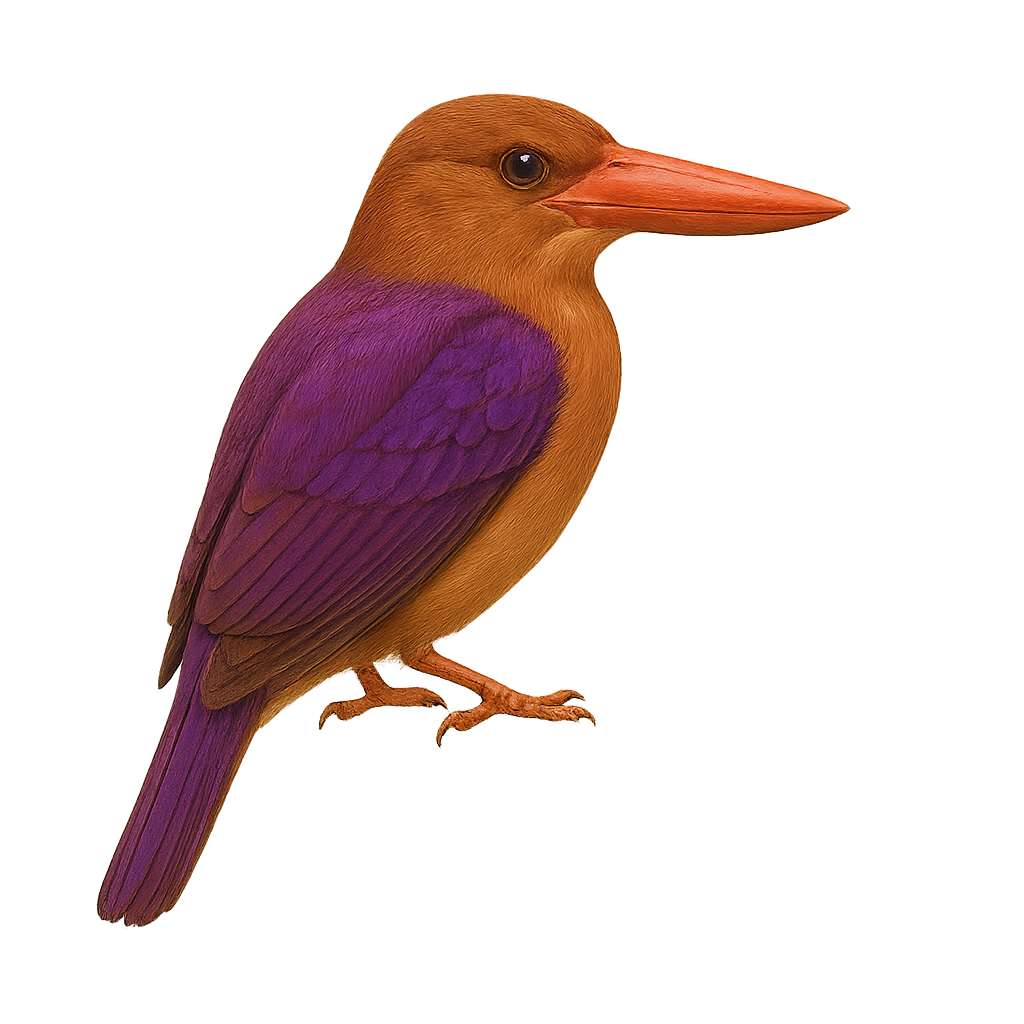Your wildlife photography guide.
Explore the ruddy kingfisher in detail, study its behavior, prepare your shots.
Where to observe and photograph the ruddy kingfisher in the wild
Learn where and when to spot the ruddy kingfisher in the wild, how to identify the species based on distinctive features, and what natural environments it inhabits. The WildlifePhotographer app offers tailored photography tips that reflect the ruddy kingfisher’s behavior, helping you capture better wildlife images. Explore the full species profile for key information including description, habitat, active periods, and approach techniques.
Ruddy Kingfisher
Scientific name: Halcyon coromanda

IUCN Status: Least Concern
Family: HALCYONIDAE
Group: Birds
Sensitivity to human approach: Suspicious
Minimum approach distance: 10 m
Courtship display: April to June
Incubation: 20-22 jours
Hatchings: April to July
Habitat:
Tropical forests, subtropical forests, mangroves
Activity period :
Primarily active during the day, with peak activity in the morning and late afternoon.
Identification and description:
The Ruddy Kingfisher, or Halcyon coromanda, is a medium-sized bird known for its striking purple plumage and robust red bill. It primarily inhabits the tropical and subtropical forests of Southeast Asia, where it feeds on small fish, insects, and crustaceans. This bird is often seen near water bodies, using its keen eyesight to spot prey. Although generally discreet, its melodious call can be heard at dawn and dusk. The Ruddy Kingfisher is a migratory bird, moving to warmer regions during winter months. Its population is stable, but it remains vulnerable to deforestation.
Recommended lens:
400 mm – adjust based on distance, desired framing (portrait or habitat), and approach conditions.
Photography tips:
To photograph the Ruddy Kingfisher, it is advisable to use a telephoto lens of at least 400mm to capture detailed images without disturbing the bird. Look for spots near water where these birds are likely to hunt. Be patient and discreet, as they can be suspicious. Opt for morning or evening hours to take advantage of the best natural light. Use a tripod to stabilize your camera and avoid motion blur. Finally, always respect the bird's natural habitat to avoid causing any disturbance.
The WildlifePhotographer App is coming soon!
Be the first to explore the best nature spots, track rutting seasons, log your observations, and observe more wildlife.
Already 1 432 wildlife lovers subscribed worldwide

